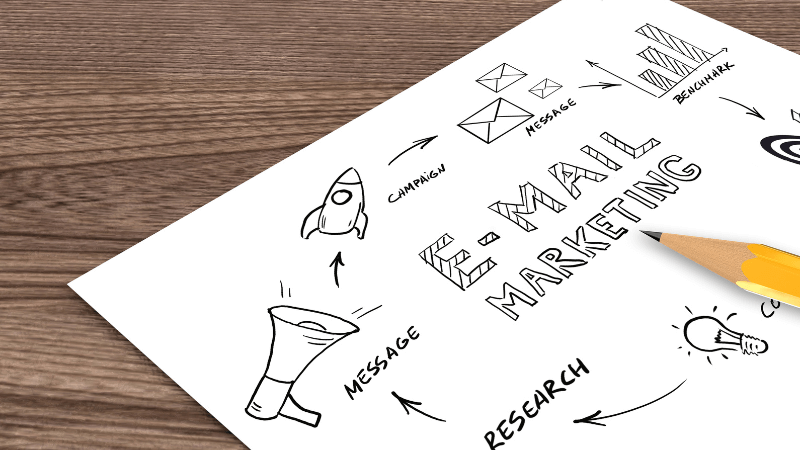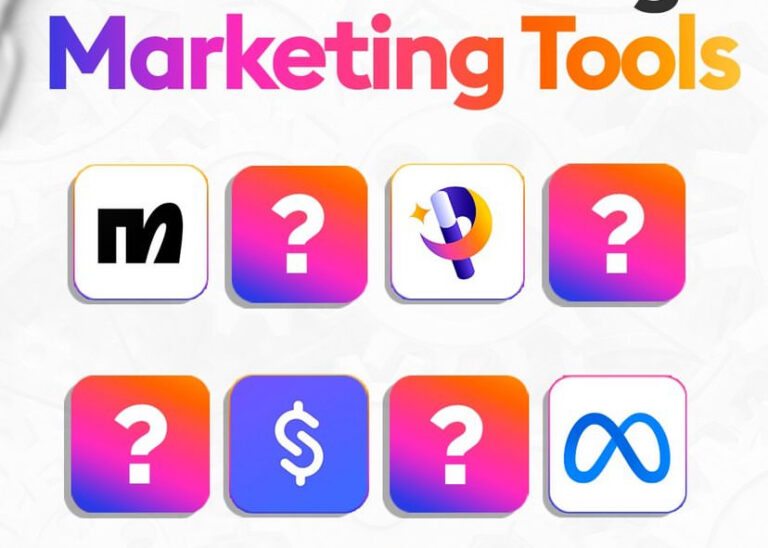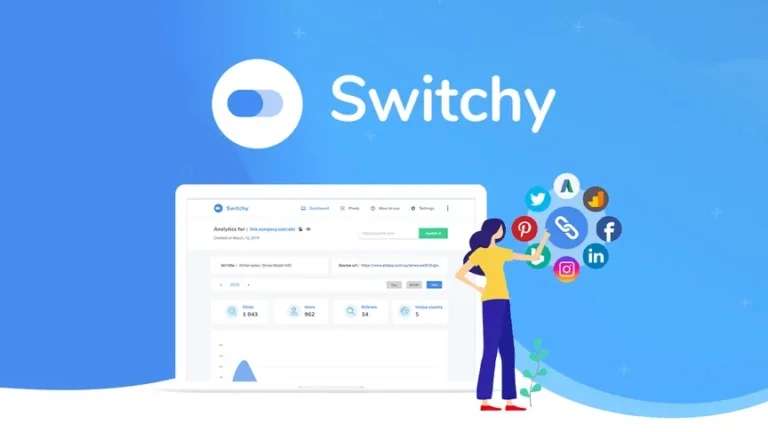Mastering Email Marketing Strategy: Key Goals, Objectives, and Targeting Techniques
Email marketing is one of the most effective channels for digital marketing. When done right, it helps businesses reach their audience directly, establish connections, and drive conversions. To harness the full potential of email marketing, businesses need clear goals and understand how to segment their audience effectively.
Goals & Objectives
Email marketing can serve a variety of business purposes. The most common goals of email marketing campaigns include brand awareness, lead generation, customer retention, and sales. Let’s break down how email marketing helps achieve each of these goals.
Brand Awareness
Email marketing plays a crucial role in building and boosting brand awareness. Regularly sending relevant and engaging content to your subscribers keeps your brand in their minds. It’s a way to remind people who you are, what you do, and why they should care.
With personalized emails, you can introduce your brand’s story, products, and values. As a result, you strengthen your relationship with current customers and attract potential customers who may not have been exposed to your brand yet. Well-designed emails with compelling subject lines ensure that your brand doesn’t just get noticed but remembered.

Lead Generation
Email marketing is a powerful tool for lead generation. Whether through newsletters, downloadable resources, or special offers, email campaigns can be designed to capture leads at various stages of their customer journey.
Offering incentives such as exclusive discounts or free trials encourages new subscribers to take action. Lead magnets like eBooks, webinars, or checklists entice visitors to subscribe to your list.
Once you have someone’s email address, you can begin nurturing them through targeted campaigns, moving them through the sales funnel until they convert into paying customers.
Customer Retention
Customer retention is often more cost-effective than acquiring new customers. Email marketing helps businesses stay top-of-mind and strengthen customer loyalty. Sending personalized offers, updates, and reminders encourages existing customers to come back.
You can send follow-up emails after a purchase, asking for reviews or offering cross-sells or upsells based on previous purchases. Regularly engaging with your current customers through email ensures they feel valued and are less likely to turn to competitors.
Sales
Email marketing directly drives sales through promotions, limited-time offers, and product launches. It’s a tool for pushing the right products to the right people at the right time.
With well-crafted product recommendation emails, abandoned cart reminders, and time-sensitive deals, you can motivate customers to complete purchases. Even a simple, well-timed email offering a discount on their next purchase can be enough to convert a hesitant customer into a sale.
Target Audience
Understanding your audience is crucial for successful email marketing. It’s not enough to send emails to everyone on your list. You need to target specific segments to ensure your messages are relevant and well-received. This involves customer segmentation, creating buyer personas, and behavioral targeting.
Customer Segmentation
Segmentation is the practice of dividing your email list into distinct groups based on common characteristics. These characteristics could include demographics, location, past purchase behavior, or engagement levels.
Segmentation allows you to send tailored emails that resonate with each group. For instance, if you run an online clothing store, you could create separate segments for male and female shoppers or for first-time buyers versus returning customers. Segmenting your list ensures your emails are more relevant, which increases the likelihood of engagement and conversions.
Buyer Personas
Creating buyer personas is an essential step in understanding your target audience. A buyer persona is a fictional representation of your ideal customer. It helps you understand their needs, motivations, pain points, and behaviors.
A buyer persona is typically based on data and insights from your existing customer base. You might include demographic information such as age, job title, income level, or geographic location. You also need to consider psychographics—things like their values, interests, and buying behaviors. With this persona in hand, you can craft email content that speaks directly to your audience’s specific needs and desires.
Behavioral Targeting
Behavioral targeting takes personalization a step further. Instead of sending generic emails to everyone on your list, you send emails based on what subscribers have done or how they’ve interacted with your brand. This involves analyzing data such as past purchases, browsing history, and email open rates.
For example, if a subscriber adds an item to their shopping cart but doesn’t complete the purchase, you can send them an abandoned cart email. You could also send a follow-up email for a product they’ve recently browsed, offering them a discount or more information. Behavioral targeting ensures that your emails are more relevant and timely, which leads to higher engagement and conversion rates.

How Email Marketing Helps Achieve Business Goals
Email marketing can be a valuable tool for businesses of all sizes, especially when used strategically. It helps achieve key business objectives by focusing on different aspects of the customer journey.
Targeting the right audience, sending personalized messages, and focusing on specific goals, businesses can use email marketing to build brand awareness, generate leads, retain customers, and drive sales.
Measuring Success
To determine if email marketing is helping you meet your goals, it’s essential to track performance metrics. Some key metrics to monitor include open rates, click-through rates, conversion rates, and ROI. These insights will help you understand which email strategies are working and where improvements can be made.
Analyzing these metrics and adjusting your approach allows you to continually optimize your email campaigns for maximum effectiveness.
Adjusting Strategy
As you track your email marketing performance, you’ll likely need to make adjustments to your strategy. This could involve refining your segmentation, optimizing your subject lines, or tweaking the timing of your emails.
The flexibility of email marketing allows you to experiment with different strategies and find what works best for your audience. Whether it’s running A/B tests, optimizing for mobile, or adjusting content, continuous improvement ensures that your email marketing efforts align with your business goals.
Conclusion
In summary, email marketing is a highly effective tool for achieving various business objectives, including brand awareness, lead generation, customer retention, and sales. Understanding your target audience, segmenting your email list, creating detailed buyer personas, and using behavioral targeting allow you to create email campaigns that resonate with your subscribers.
It’s crucial to have clear goals and measurable objectives when using email marketing. Tracking performance and adjusting strategies based on data ensures that your campaigns continue to align with your business goals, improving both short-term results and long-term customer relationships.
Effective email marketing is not just about sending emails. It’s about sending the right emails to the right people, at the right time. Doing so helps businesses build meaningful relationships with their audience and achieve their goals efficiently.







